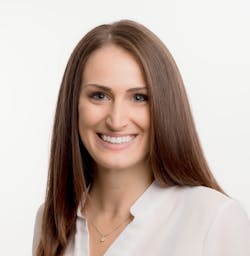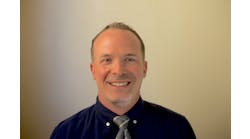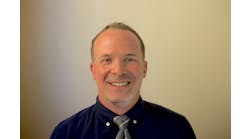We are all part of many cultures; cultures related to things like our generation, race, gender, or sexual orientation.
We all have different values, beliefs, and rituals, different things that we want and have come to expect, based on our experiences within our cultures. Unsurprisingly, cultural norms and values do not always translate to others. Cultural differences are now more obvious than ever within the workforce.
For the first time in history, we have five generations in the workplace—the Silent or Traditional Generation, the Baby Boomers, Generation X, the Millennials, and Generation Z. Generations are influenced and typically defined by social trends, cultural phenomena, and major historical events. Each generation has their “where were you when …” moment. This causes generations to see the world in very different ways, including their perceptions and expectations about the workplace.
Four of those generations have been in the workforce for at least a few years. The Silent Generation (pre-1945) was influenced by the Great Depression and World War II. They are loyal and dependent, which translates to a strong work ethic. The Baby Boomers (1946-1964) were influenced by the Vietnam War and postwar social change. They are well-educated and determined to overcome obstacles, which leads many of them to question authority (sound familiar?). Generation X (1965-1980) is hardworking and independent yet family-focused, resulting from the influence of an increase in divorced families and single-parent households. The Millennials (1981-1996) were influenced by rapidly changing technology. They are technologically savvy and highly socialized, which fuels communication and technical collaboration.
Generation Z (post-1996) is just now joining the workforce. They are influenced by a world flooded with information. With a constant stream of mass media, the core of Generation Z is individual identity, not wanting to be “part of a pack.” They want to be individuals, they want to stand out, they want options, even more so than the Millennials that came before them.
Generation Z is more racially and ethnically diverse than any other generation. Subsequently, they are more tolerant of alternative lifestyles and cultures that are not their own. They are socially active and vocal about environmental causes. They have a much different way of looking at the world, especially now in the face of the coronavirus pandemic.
Values related to work, employment, and organizations differ significantly across generations—values such as work-life balance, work environment, personal motivators, professional development and growth, and attitudes towards rules, authority, and hierarchy. As the next generation enters the workforce, as the Silent Generation and the Baby Boomers retire, industry leaders need to take these different values into account.
Industry leaders working with and managing different generational and cultural groups must first understand the difference in cultural norms and values. Each generation brings a new, unique perspective compared to the previous generation. Each generation has valuable lessons to teach the next. For example, Baby Boomers do not like to be micromanaged, while Millennials and Generation Z want specific, detailed instructions. Baby Boomers have years of industry knowledge that they want to share, knowledge that Millennials crave. To ensure that knowledge is passed on, to ensure the success of the industry for future generations, industry leaders must help the generations find commonality.
The same applies for all other cultures, including race, gender, and sexual orientation. While you cannot change cultural life experiences, you can successfully manage the resulting workplace attitudes and expectations. Industry leaders must be willing to create their own workplace culture that is tolerant and accepting of cultural differences if they are to fully realize the potential of the next generation in the workforce.



